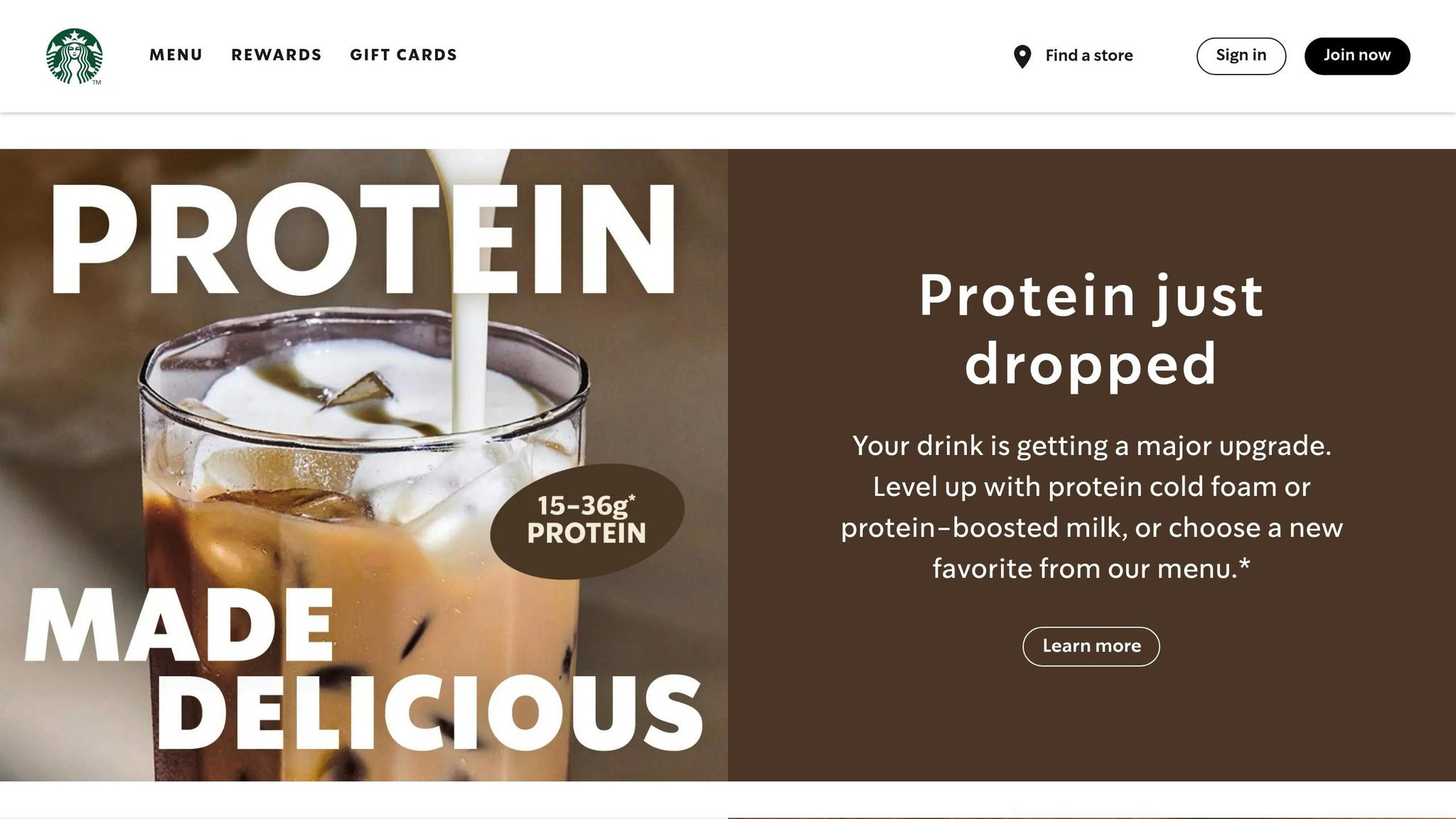In today’s competitive business landscape, building meaningful relationships with customers has never been more critical. Loyalty programs, once the domain of airlines and credit card companies, are now becoming an essential tool for businesses across sectors. They’re not just about discounts and points – they’re about leveraging data, deepening relationships, and creating unique value for every customer.
In a conversation with marketing expert Peter Fader of the Wharton School, the profound impact of loyalty programs was dissected in depth. From their origins to their future potential, this exploration sheds light on how businesses can strategically use loyalty initiatives to foster long-term growth and profitability.
For small-business owners, startups, and independent merchants, understanding the nuances of loyalty programs can be the key to cultivating repeat customers and boosting lifetime value. Here’s what you need to know.
The Evolution of Loyalty Programs: Beyond Points and Perks
Loyalty programs have come a long way since their inception. As Peter Fader reminds us, it all began with American Airlines in 1981, pioneering a model that would transform how businesses think about customer retention. Over the decades, industries such as hotels, food services, and retail have embraced loyalty programs, with varying degrees of success.
However, Fader points out that while loyalty programs are widespread, many businesses adopt them without fully understanding how to implement or measure them effectively. This can result in missed opportunities, wasted resources, and, in some cases, outright failure.
"Loyalty programs shouldn’t just be about foot traffic", Fader explains. "They’re about building deeper relationships that go beyond transactions."
Three Core Benefits of Loyalty Programs
Peter Fader highlights three key reasons loyalty programs can create transformative value for businesses:
1. Better Customer Data
Loyalty programs allow businesses to tag and track customers more effectively than transactions alone. By analyzing data from these programs, companies can understand customer behaviors, preferences, and purchasing patterns. This information is invaluable for personalizing marketing efforts and justifying program costs.
2. Deeper Relationships and Engagement
A well-designed loyalty program encourages customers to engage more frequently and spend more. As Fader puts it, "It’s about getting customers to do things they wouldn’t do otherwise." By fostering a sense of belonging, businesses can turn one-time buyers into loyal advocates.
3. Customer Segmentation and Differentiation
Not all customers are created equal. Loyalty programs provide businesses with the leverage to treat different customers differently. By identifying high-value customers, companies can tailor experiences, offers, and rewards that resonate with those who matter most, amplifying the concept of customer centricity.
The Starbucks and Luckin Coffee Case Study: A Tale of Two Strategies

One fascinating comparison Fader discusses is between Starbucks and Luckin Coffee, two giants in the coffee industry with vastly different loyalty approaches.
- Starbucks: Known for its robust loyalty program, Starbucks has experimented with various strategies over the years. From offering bonus points to customizing rewards, the brand has evolved its program to cater to different customer needs. While some changes – like removing cup discounts – have sparked controversy, Starbucks continually adapts its program to align with customer expectations.
- Luckin Coffee: The Chinese coffee chain has taken a more aggressive approach by offering generous discounts to attract customers. While this tactic has helped Luckin gain traction, Fader cautions that such reliance on heavy discounts might not lead to sustainable, long-term loyalty. "They’re essentially buying loyalty, which may not be real loyalty", he explains.
This comparison underscores the importance of balancing short-term incentives with long-term strategies. Businesses must ask themselves: Are we building genuine relationships or simply encouraging opportunistic behavior?
Overcoming Common Pitfalls in Loyalty Programs
While loyalty programs have immense potential, many companies struggle to get them right. Fader identifies a few common challenges:
- Lack of Measurement: Many businesses fail to measure the full impact of loyalty programs, focusing solely on immediate sales rather than long-term customer value.
- Over-Generosity: Programs that give away too much risk becoming unsustainable. Striking the right balance is critical.
- One-Size-Fits-All Approach: A generic loyalty program might appeal to the masses but fails to recognize and reward high-value customers effectively.
One solution Fader suggests is creating tiered loyalty models that cater to different customer segments. For instance, Best Buy’s "Total Tech" membership program offers exclusive benefits for premium customers willing to pay for enhanced services.
The Role of AI in Future Loyalty Programs
Artificial intelligence (AI) holds the potential to revolutionize loyalty programs. While Fader acknowledges that AI isn’t yet fully equipped to manage financial aspects, it can provide valuable insights into customer behavior.
AI can help businesses:
- Identify what makes top customers unique.
- Personalize rewards and experiences.
- Transition programs from being discount-driven to emotionally and experientially rich.
By leveraging AI, companies can move beyond transactional loyalty and create programs that resonate on a deeper level.
The Shift from Transactions to Relationships
Perhaps the most profound insight from Fader’s discussion is the need for businesses to shift their mindset. Loyalty programs shouldn’t just be about driving foot traffic – they should be about fostering meaningful relationships.
A prime example is McDonald’s, which has successfully transitioned from being a "transaction company" to a "relationship company" by integrating loyalty programs into its mobile app. The goal, as Fader describes, is to attract the right customers – not just any customers – and build genuine connections with them.
Key Takeaways
To effectively implement and manage a loyalty program, small businesses and startups should keep these key insights in mind:
- Focus on Relationships, Not Just Transactions: Use loyalty programs to deepen customer engagement instead of merely driving sales.
- Leverage Data for Insights: Collect and analyze data to better understand customer behavior and segment your audience.
- Optimize Rewards: Strike a balance between offering value without undermining profitability. Avoid overly generous discounts or rigid reward systems.
- Customize Experiences: Tailor your program to reward high-value customers and create emotional connections.
- Adopt AI for Personalization: Use AI to enhance program features, identify customer preferences, and differentiate your offerings.
- Experiment and Adapt: Loyalty programs shouldn’t be static. Continuously refine your strategy based on customer feedback and market trends.
- Consider Tiered Models: Introduce premium membership options for top customers to increase their lifetime value.
Conclusion
Loyalty programs are no longer optional – they’re a competitive necessity. However, simply implementing a program isn’t enough. To unlock their full potential, businesses must think strategically, measure effectively, and continuously adapt to changing customer needs.
By focusing on relationship-building and leveraging tools like AI, loyalty programs can become a transformative force that not only drives sales but also fosters long-term growth and customer advocacy.
Small-business owners and startups have a unique opportunity to craft loyalty initiatives that stand out in a crowded marketplace. The question isn’t whether you should implement a loyalty program – it’s how you can design one that truly resonates with your customers and drives meaningful results.
Source: "How Loyalty Programs Drive Customer Value, Relationships, and Business Growth" – Knowledge at Wharton, YouTube, Sep 9, 2025 – https://www.youtube.com/watch?v=I8dPv7MHv_g
Use: Embedded for reference. Brief quotes used for commentary/review.

Comments are closed, but trackbacks and pingbacks are open.